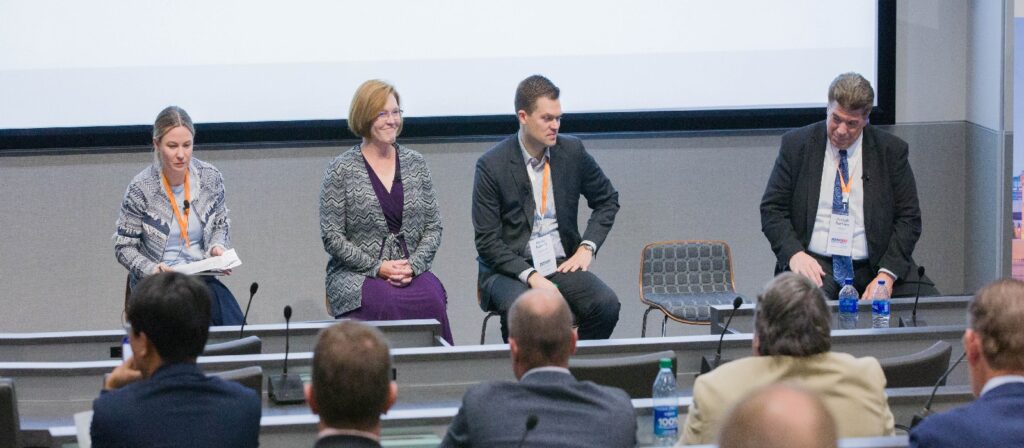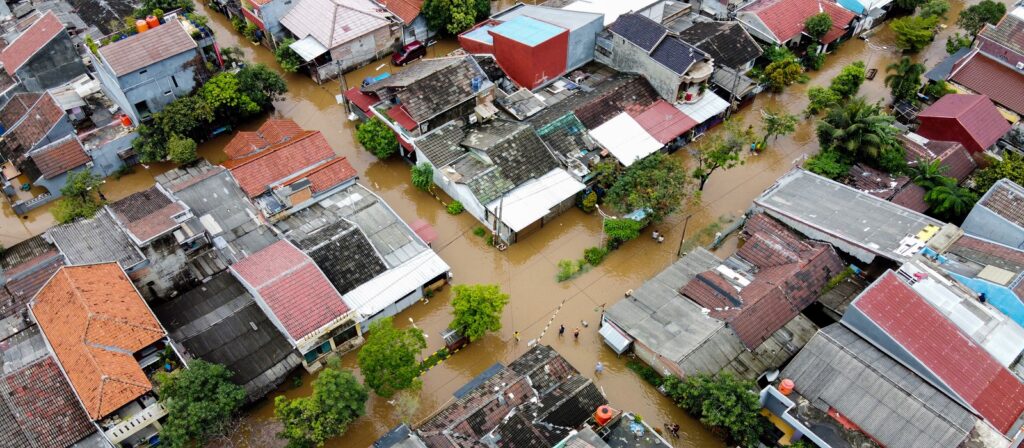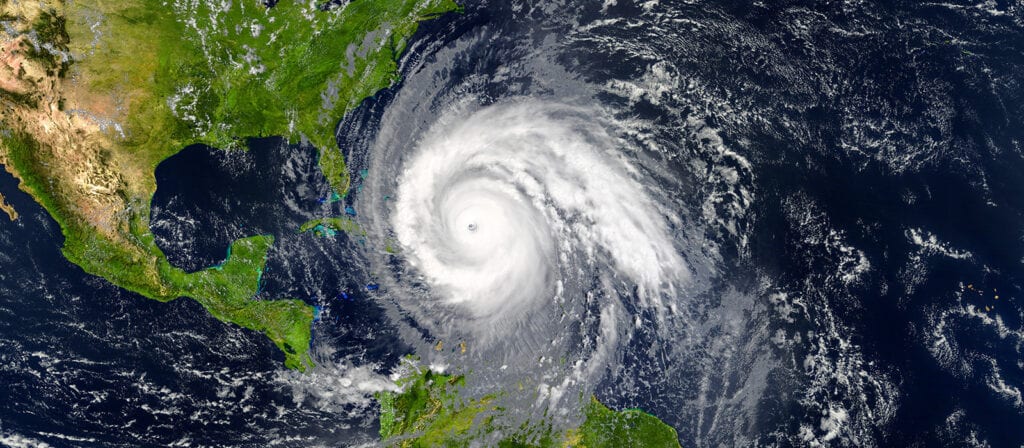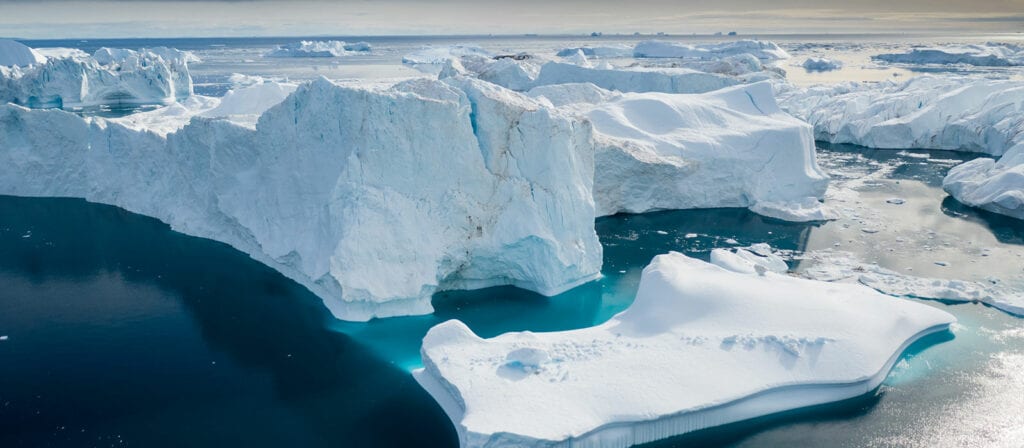Gallagher Re has been investigating the impact of climate change on natural disasters. Losses are rising in the United States and other parts of the world, and whilst not all losses can be attributed solely to climate change, it is undeniably a significant factor in the behaviour of these events. Additionally, human behaviour plays a role, as populations continue to settle in high-risk areas. As climate change worsens, the frequency and intensity of storms and other catastrophic events increase, leading to a rise in losses.
In recent years, there have been numerous significant events worldwide that clearly demonstrate the impact of climate change. Economic losses amounting to billions of dollars have been reported, including, for example, the recent devastating floods in Pakistan and the extensive drought and heat waves experienced across the globe. While the insurance impact may be limited in some regions, it is crucial to recognise the humanitarian implications and work towards climate financing and resilient measures in collaboration with governmental agencies. Addressing areas with potential for future growth and minimising the protection gap are essential steps in reducing vulnerability.
Differentiating between primary and secondary perils has often been a point of contention, as the latter are sometimes perceived as less important. However, data from the past two decades reveals that secondary perils account for a significant portion of losses, both in the United States (60%) and globally (over 50%). The shift in focus is driven by the increasing frequency of these larger-scale events, prompting a re-evaluation of their importance and the need for proactive measures.
Understanding the confidence levels associated with individual perils is crucial in analysing their potential impact. Climate change does not affect each peril uniformly nor uniformly across different regions. Geography and the built environment play significant roles in determining the specific consequences. For instance, while the occurrence of tornadoes and hail may not be increasing, warming atmospheric conditions contribute to more intense events and larger hail sizes. Likewise, tropical cyclones may not show a clear trend in frequency but exhibit changes in behaviour, such as rapid intensification, which can lead to more severe impacts upon landfall.
Trends include:
- Severe convective storms (SCS): The location of SCS events has shifted, with more instances occurring in the southern and eastern United States. While the frequency of tornadoes and hailstorms has not significantly increased, a warming atmosphere has created more favourable conditions for high-end events, leading to larger hail and more intense storms.
- Tropical cyclones: While the frequency of tropical cyclones making landfall has not shown a definitive change, rapid intensification – a hallmark of climate change – has become a concerning trend. Rapid intensification, with wind speeds increasing by at least 30 mph within 24 hours, has been observed in several storms. This behavioural change increases the risk of severe impact at landfall.
- Wildfires: While the number of acres burned in wildfires may not exhibit a significant trend, the fires themselves are growing larger, spreading faster, and causing substantial economic losses. This can be attributed to both behavioural factors, such as increased human presence in fire-prone areas, and the conducive environmental conditions for intense wildfires.
- Winter weather: Weather events, like the polar vortex, are not necessarily increasing in frequency. However, sudden stratospheric warming events, caused by warm air entering the poles, can disrupt the polar vortex and lead to extreme cold outbreaks. The increased occurrence of such events poses challenges for infrastructure and society.
- Rainfall and flooding: Climate change has resulted in increased volatility, shifting between extreme rainfall and drought. While the average precipitation trend may appear relatively flat, extreme events are becoming more intense. The linkage between floods and droughts highlights the compounded risk and emphasises the need for a comprehensive approach.
From an insurance perspective, addressing the uncertainties associated with climate change and natural disasters poses significant challenges. Quantifying the contribution of climate change to individual losses and understanding the additional damage caused remain complex tasks. Non-physical risks and transition risks, such as carbon-intensive portfolios, should also be given more attention. Furthermore, addressing uncertainty is a crucial aspect of modelling and requires continued efforts to enhance accuracy and reliability.





